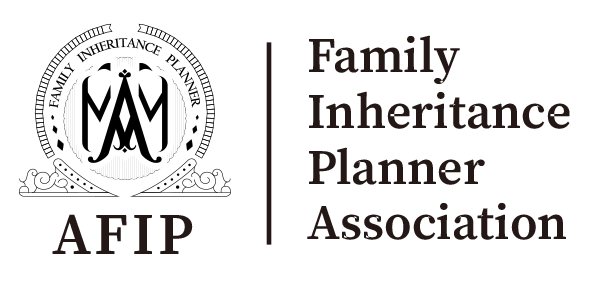Introduction
The latest data on US personal income, spending, and inflation has surpassed expectations, prompting speculation of a potential Federal Reserve rate hike in the near future. This article explores the significant indicators and their implications for the Fed’s monetary policy decisions.
Strong Income and Spending Figures
April’s report reveals a notable increase in personal income and spending, surpassing consensus estimates. Incomes rose by the expected 0.4% month-on-month, with wages and salaries experiencing a 0.5% monthly increase. Additionally, spending rose by 0.8% month-on-month, exceeding the anticipated 0.5% consensus. Consequently, real consumer spending, which represents two-thirds of GDP, came in at 0.5% month-on-month, outperforming the projected 0.3%. These robust figures are likely to lead to upward revisions in second-quarter GDP expectations.
Inflationary Pressures
The core Personal Consumption Expenditures (PCE) deflator, a key inflation metric, surpassed expectations as well, registering a higher-than-expected 0.4% monthly increase and a 4.7% year-on-year reading, compared to the projected 0.3% and 4.6% respectively. This upward trend in inflation will strengthen the arguments of Federal Reserve hawks, such as James Bullard and Neel Kashkari, who advocate for tighter monetary policy to ensure a timely return to the 2% inflation target. Although there are expectations of a slowdown in the second half of the year, doubts are growing regarding the Fed’s patience in holding back from implementing rate hikes, particularly if spending remains robust.
Potential Rate Hike Outlook
Given the positive economic indicators, including the resolution of the debt ceiling drama and the anticipation of a positive jobs report, the odds increasingly favor a 25 basis point rate hike in June. The combination of strong income, spending, and inflation figures could influence the Federal Reserve’s decision to take action in the near future.
Conclusion
The April report on US personal income, spending, and inflation has demonstrated strength beyond expectations, potentially paving the way for a Federal Reserve rate hike. Robust income and spending figures, coupled with higher-than-expected inflation, have increased pressure on the Fed to tighten monetary policy. If economic conditions continue to hold up and the upcoming jobs report supports positive growth, the likelihood of a rate hike in June becomes more favorable. The Federal Reserve will carefully consider these indicators as it assesses the appropriate course of action to manage the economy and maintain its inflation targets.

